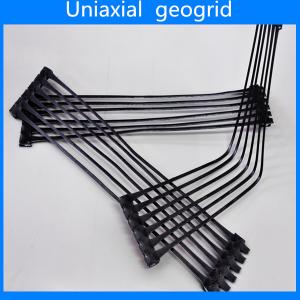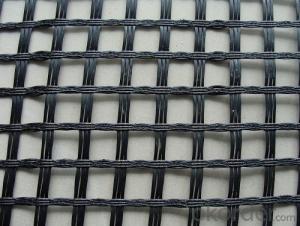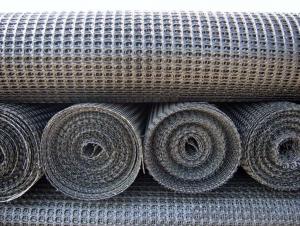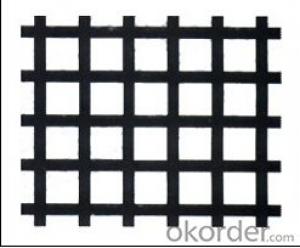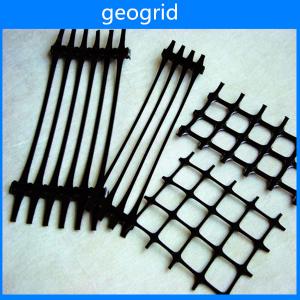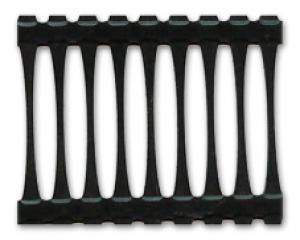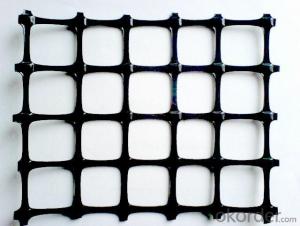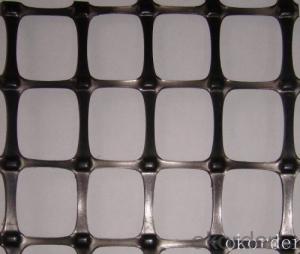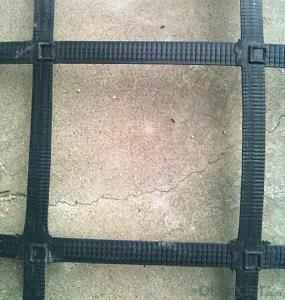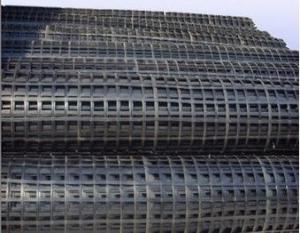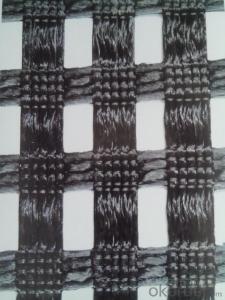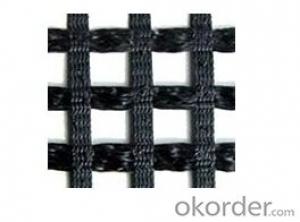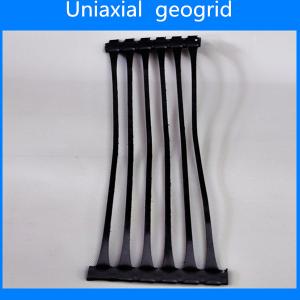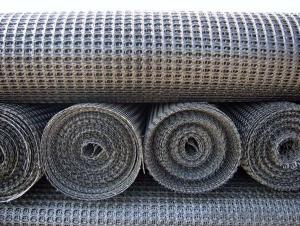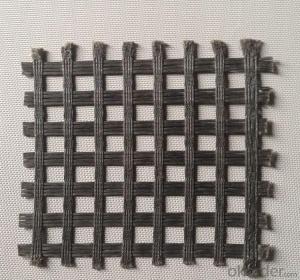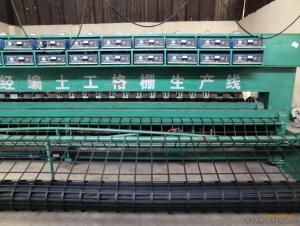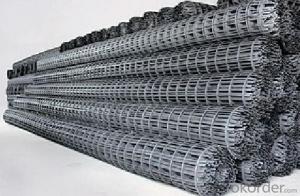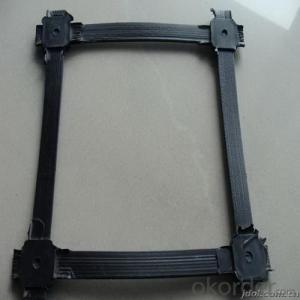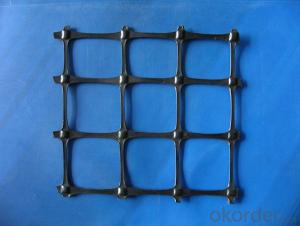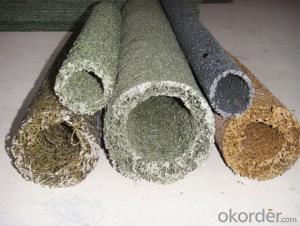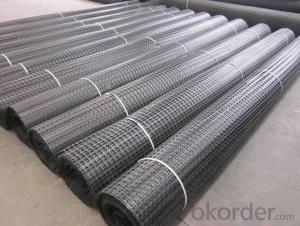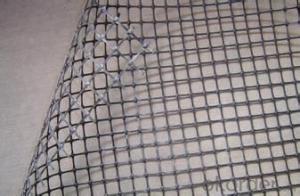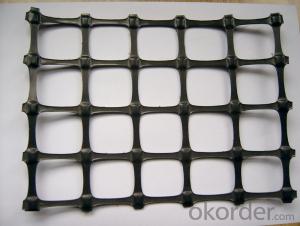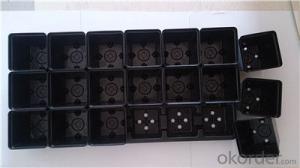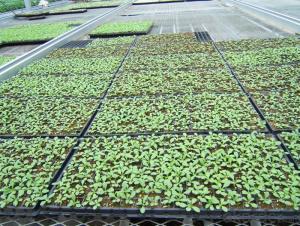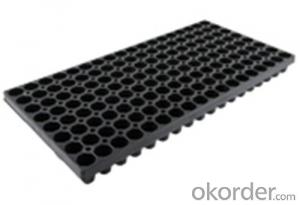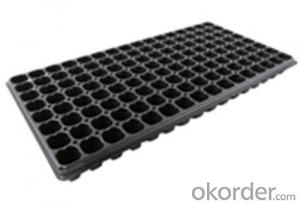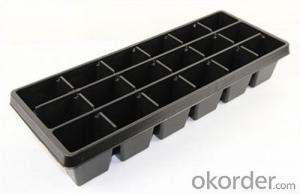Plastic Geogrid Mesh
Plastic Geogrid Mesh Related Searches
Plastic Geogrid Geogrid Plastic Paver Biaxial Plastic Geogrid Geogrid Reinforcement Mesh Geogrid Mesh Price Polyethylene Geogrid Geogrid Membrane Polypropylene Geogrid Plastic Geomembrane Geogrid Textile Geotextile Mesh Plastic Fence Mesh Geogrid Grass Plastic Mesh Bag Grass Geogrid Geogrid Grass Pavers Stiff Plastic Mesh Geogrid Pavement Asphalt Geogrid Geogrid Paving Geogrid Products Geogrid Road Biaxial Polypropylene Geogrid Expanded Plastic Mesh Geogrid Landscape Fabric Geogrid With Geotextile Geogrid Fence Geogrid Material Specification Polypropylene Biaxial Geogrid Geogrid PaversPlastic Geogrid Mesh Supplier & Manufacturer from China
Plastic Geogrid Mesh is a type of geosynthetic material that is widely used in civil engineering and construction projects. It is designed to provide reinforcement and stabilization to soil structures, offering increased strength and durability. Made from high-quality plastic materials, this geogrid mesh is known for its resistance to corrosion, UV radiation, and chemical damage, making it suitable for a variety of applications.The application of Plastic Geogrid Mesh can be found in various scenarios, such as road construction, railway embankments, slope stabilization, and retaining walls. It is particularly useful in situations where soil reinforcement is needed to prevent erosion, subsidence, or landslides. By incorporating this geogrid mesh into the soil, engineers can create a more stable and robust structure that can withstand the forces of nature and heavy traffic. This product is also utilized in landfill projects and for reinforcing earth dams, providing an effective solution for managing waste and water resources.
Okorder.com is a reputable wholesale supplier of Plastic Geogrid Mesh, offering a vast inventory of this essential construction material. With a commitment to quality and customer satisfaction, Okorder.com ensures that their products meet the highest industry standards. Their extensive inventory allows contractors and engineers to source the necessary quantities of geogrid mesh for their projects, ensuring timely completion and cost-effective solutions. By partnering with Okorder.com, customers can benefit from competitive pricing, reliable supply, and excellent customer service, making it a preferred choice for sourcing Plastic Geogrid Mesh.
Hot Products






